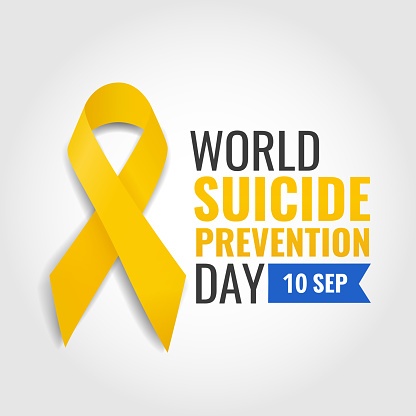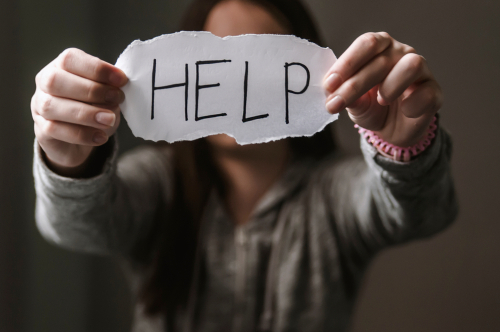
Suicide is a serious public health crisis. According to the World Health Organization (WHO), 700,000 people die due to suicide every year, equating to one in every 100 deaths. Moreover, WHO reports that for every suicide, there are more than 20 suicide attempts. Suicide, according to the American Psychiatric Association (APA), stands as the 10th leading cause of death in the United States, and the second leading cause of death (following accidents) among people aged 10 to 34.
World Suicide Prevention Day (WSPD) is observed annually on September 10, and is meant to bring attention to an ongoing global crisis. WSPD was established in 2003 by the International Association for Suicide Prevention (IASP) in conjunction with WHO. The goal of the day is to raise awareness while reducing the stigma around suicide and encouraging well-informed action. To show support for WSPD, people are encouraged wear yellow – either in the form of clothing, or by wearing a yellow lapel ribbon. This actually stems from the suicide of teenager Mike Emmie in 1994, who owned a 1968 Ford Mustang, which he restored, then painted bright yellow.
“Creating Hope Through Action” is a theme of this year’s WSPD and a reminder that there are alternatives to someone taking their own life. IASP noted that through our actions, no matter how big or small, we may provide hope to those who are struggling. Suicide is often avoidable if one can identify the warning signs in a person experiencing suicidal ideations, and subsequently, if preventative measures are taken.
What are the Risk Factors?
According to the APA, certain events and circumstances may augment the risk of suicide. They include:
- Previous suicide attempt(s)
- A family history of suicide
- Substance abuse
- Mood disorders (depression, bipolar disorder)
- Access to lethal means (e.g., keeping firearms in the home)
- Losses and other events (for example, the breakup of a relationship or a death, academic failures, legal difficulties, financial difficulties, bullying)
- History of trauma or abuse
- Chronic physical illness, including chronic pain
- Exposure to the suicidal behavior of others
What are the warning signs?
To avert suicide attempts, it’s important to detect the warning sometimes that often occur in people who may be considering ending their lives. These warning signs include:
- Often talking or writing about death, dying or suicide
- Making comments about being hopeless, helpless or worthless
- Expressions of having no reason for living; no sense of purpose in life; saying things like “It would be better if I wasn’t here” or “I want out.”
- Increased alcohol and/or drug misuse
- Withdrawal from friends, family and community
- Reckless behavior or more risky activities, seemingly without thinking
- Dramatic mood changes
- Talking about feeling trapped or being a burden to others
What can be done?
So now that you know the risk factors, and warning signs, the question becomes, what can be done? According to the APA, if someone indicates that they are suicidal, listen and take their concerns seriously. Ask them questions about their plans, and reassure them that they are not alone in the world, and that they are cared about. Then, encourage them to seek immediate help from a professional, and do not leave them alone.
A few tips from the CDC about what you can do if you suspect a friend or loved one is contemplating suicide include:
- Ask someone you are worried about if they’re thinking about suicide. (While people may be hesitant to ask, research shows this is helpful.)
- Keep them safe. Reduce access to lethal means for those at risk.
- Be there with them. Listen to what they need.
- Help them connect with ongoing support.
- Stay connected. Follow up to see how they’re doing
The ISAP wrote that: “Preventing suicide is often possible and you are a key player in its prevention. Through action, you can make a difference to someone in their darkest moments – as a member of society, as a child, as a parent, as a friend, as a colleague or as a neighbor. We can all play a role in supporting those experiencing a suicidal crisis or those bereaved by suicide.”







 © 2025 Mashup Media, LLC, a Formedics Property. All Rights Reserved.
© 2025 Mashup Media, LLC, a Formedics Property. All Rights Reserved.